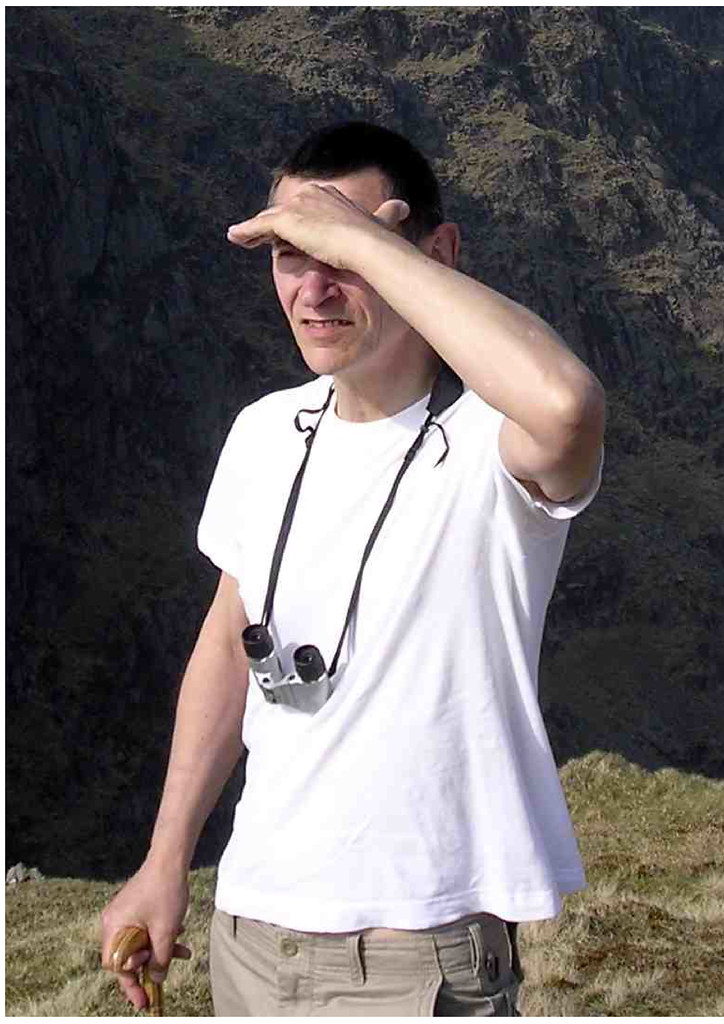A trio of very appealing necklaces were made by Alan Reynolds. The first used some of the fine silver recovered from scrap (see tutor's site) was melted and cast into a couple of ingots; these were then rolled into sheet. Alan rolled some of this sheet down to about 1mm in thickness, with a layer of copper mesh between the fine silver and the rollers.
This imprinted a mesh pattern. Then he hammered out a series of discs from this textured sheet, in sizes ranging from about 5mm - 18mm. Each disc was domed by hammering carefully into the appropriate depression in a doming block, and then came the tedious bit - drilling a 1.8mm hole in each dome. Finally the domes were arranged onto a carefully-chosen sterling chain with jump rings. Two of the domes were used as ear rings. Unfortunately the photo is a little out-of-focus, partly the problem of coping with the contrast between the black velvet of the presentation case, and the fine silver - sorry Alan!
The second necklace was made from a collection of American nickels he had brought back from the States; we were uncertain of the composition but felt they may have been zinc-rich. At any event, they didn't behave well under a jeweller's torch! They were domed in a doming block then polished in a rotary tumbler - in many instances this revealed a coppery tint round the periphery. Finally they were centrally drilled then strung back-to-back in pairs on a chain.
The last necklace made use of some bought Pozzuoli volcanic spheres, and some ceramic beads made by Alan; after firing to biscuit, they were glazed with matte black with a central portion of mirror-black 'pewter' glaze. The volcanic rock spheres (which are very light due to the amount of air in the structure) were threaded on a chain with alternating ceramic beads, using jump rings as spacers.







